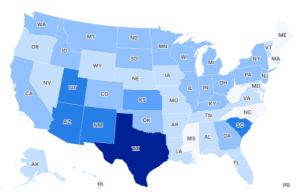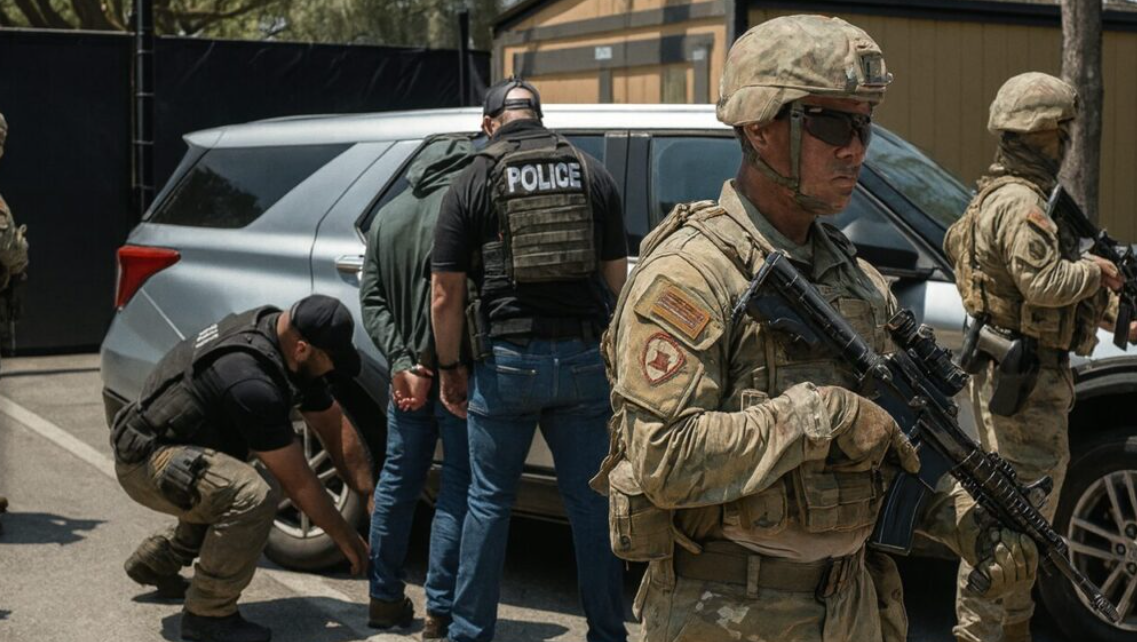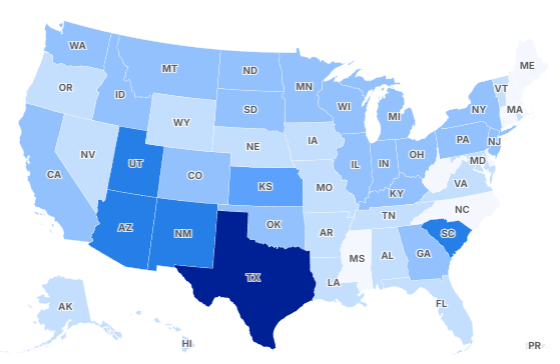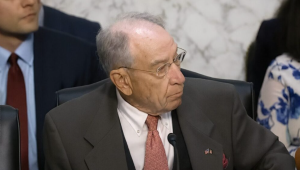The Trump administration has launched a bold and controversial move in its ongoing immigration crackdown—deploying National Guard troops to support Immigration and Customs Enforcement (ICE) operations in 20 Republican-led states. This unprecedented military involvement in immigration enforcement signals a new chapter in the federal government’s strategy, but it also raises serious constitutional and civil liberties questions. What does this shift mean for immigration policy and the delicate balance of military and law enforcement roles in the U.S.? Read on to find out the full story.
National Guard Troops Deployed to Immigration Facilities
A confidential ICE memo recently leaked to the press reveals that up to 1,700 National Guard personnel will be assisting ICE at immigration facilities. These troops won’t be conducting raids or making arrests directly. Instead, they will perform “alien processing” duties—handling intake, clerical tasks, case management, and transportation. This support allows ICE agents to redirect their efforts toward arresting and deporting undocumented immigrants.
This strategy marks a significant escalation in how military forces are integrated into immigration enforcement—traditionally a civilian responsibility. The first National Guard units are expected to arrive at ICE offices as soon as August, with states like Florida, Texas, Georgia, Louisiana, and Virginia among those hosting troops.
A Dramatic Shift in Military Roles at Home
Historically, U.S. law separates military functions from civilian law enforcement. The Posse Comitatus Act of 1878 limits the use of active-duty military personnel in domestic policing. However, National Guard troops, when activated under state authority, operate under different rules.
The memo clarifies a key point: ICE, a federal agency, will retain operational command over the National Guard units, despite them being state-controlled forces. This unusual arrangement blurs traditional lines between military and law enforcement responsibilities and is expected to attract scrutiny from legal experts and civil liberties advocates.
Sophia Lin, an immigration law expert at Georgetown University, warns, “Directing state-controlled troops for federal enforcement purposes walks a fine constitutional line. Even if technically legal, it reshapes the boundary between civilian law enforcement and military action.”
The Broader Context: Mass Deportations and Political Pressure
This deployment is part of a larger, aggressive push by the Trump administration to accelerate “mass deportations.” Earlier in the year, the Department of Homeland Security requested the use of more than 20,000 National Guard troops to assist in enforcement, but only 1,700 troops were approved.
The decision to mobilize National Guard personnel aims to increase ICE’s operational efficiency. With ICE’s budget swelling from $8 billion in 2016 to $28 billion today, the agency still struggles to meet internal arrest and deportation targets due to legal constraints and local political resistance.
An ICE official explained, “This is about maximizing capacity by shifting ICE’s personnel to frontline enforcement while using Guard troops to hold down the administrative backend.”
Constitutional and Political Debates Loom Large
While this military augmentation supports ICE’s hardline policies, it also raises important questions. Critics argue that involving military forces in civilian immigration enforcement risks undermining constitutional protections and civil-military norms that have been foundational in American democracy.
Moreover, with the 2026 fiscal year approaching, Congress faces contentious debates over immigration enforcement funding. Democrats have signaled they will challenge the legality and efficacy of this military involvement, while Republicans defend it as necessary to uphold law and order at the border and within the interior.
What’s Next? Watch Closely
This move by the Trump administration represents more than just a change in immigration tactics—it challenges long-standing institutional norms. Whether Congress, the courts, or civil society will push back remains to be seen.
One thing is clear: the deployment of the National Guard in immigration enforcement is a pivotal development with potentially far-reaching consequences for how the United States balances security, civil liberties, and the rule of law.
Stay tuned as this story develops and as the nation debates the future of immigration enforcement.

Emily Johnson is a critically acclaimed essayist and novelist known for her thought-provoking works centered on feminism, women’s rights, and modern relationships. Born and raised in Portland, Oregon, Emily grew up with a deep love of books, often spending her afternoons at her local library. She went on to study literature and gender studies at UCLA, where she became deeply involved in activism and began publishing essays in campus journals. Her debut essay collection, Voices Unbound, struck a chord with readers nationwide for its fearless exploration of gender dynamics, identity, and the challenges faced by women in contemporary society. Emily later transitioned into fiction, writing novels that balance compelling storytelling with social commentary. Her protagonists are often strong, multidimensional women navigating love, ambition, and the struggles of everyday life, making her a favorite among readers who crave authentic, relatable narratives. Critics praise her ability to merge personal intimacy with universal themes. Off the page, Emily is an advocate for women in publishing, leading workshops that encourage young female writers to embrace their voices. She lives in Seattle with her partner and two rescue cats, where she continues to write, teach, and inspire a new generation of storytellers.









